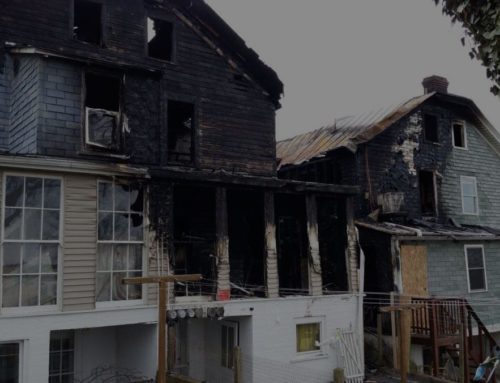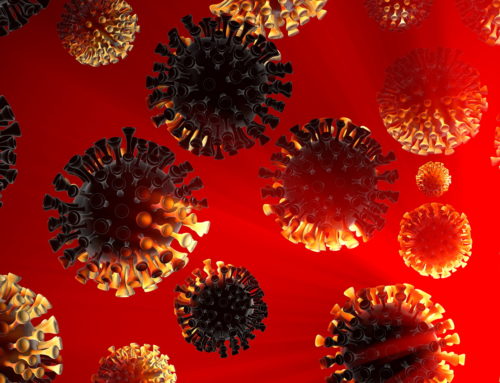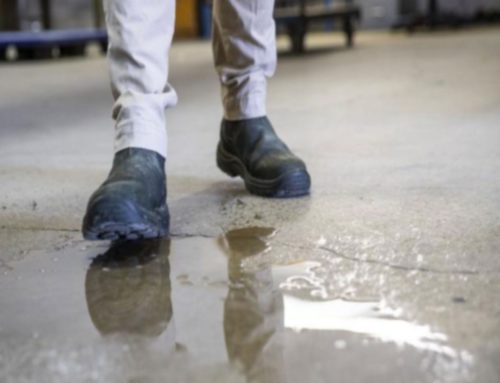Biohazard cleanup is the process of cleaning perilous materials resulting from a crime scene, meth lab, hoarding, or biochemical exposure. These scenes can be full of pathogens such as hepatitis or influenza, which is why cleanup should be left to the experts who have the knowledge and equipment to safely do so.
The Risks of Cleaning Hazardous Materials
After a traumatic incident, the last thing that the family wants is to clean the blood and bodily fluids themselves. The cleanup should be done immediately and should only be handled by people with adequate knowledge to ensure the safety of the property owners and the cleaning team. They have the proper equipment and experience to protect them from the potential dangers of biohazard cleanup.
Listed below are some of the dangers involved in biohazard cleanup.
1. Pathogens
Cleaning up blood from a crime scene is a dangerous job. Professionals are exposing themselves to possible serious diseases. Blood that contains pathogens such as HIV may lead to the transmission of the virus. To avoid contacting the pathogens, hire the professional services of a reputable trauma cleanup company like PureOne Services of Central Minnesota.
2. Contaminants
Those who choose to clean the blood themselves without any professional background and knowledge will probably end up spreading the contaminants. In a violent scene with abundant biological fluids, crime scene personnel must be careful not to transfer biological fluid from their footwear to different parts of the scene.
3. Bodily Fluids
It’s important to clean up human waste quickly and appropriately. Human feces and urine pose serious health risks to anyone who becomes exposed to the area affected. Infectious diseases such as hepatitis A, C, E. coli, and rotavirus can be transmitted. Symptoms associated with exposure and transmission include fever, chills, vomiting, diarrhea, skin changes, joint pain, and fatigue.
Even the ammonia in urine may cause problems. Common symptoms due to prolonged exposure could be upper respiratory problems, headaches, vomiting, and seizures in some extreme cases.
4. Permanent Damage and Stains
If biohazards and bloodstains are not removed properly within a specific time, permanent damage can occur. Bloodstains on porous materials will not only cause discoloration but weaken structure and furnishings, thus accelerating the deterioration process.
Blood spills on carpeting must be removed right away before they settle into the carpet and cause permanent damage. When not removed properly and effectively, the stains can also take away from the aesthetics of the property.
5. Strong Odors
When biohazards are absorbed into building materials, a strong odor can become embedded within the pores of the property structure. Even if the biohazards are removed visibly, powerful odors can remain after cleaning. An experienced professional knows how to remove those odors as well.
Safe and Effective Biohazard Cleanup
Hiring the service of a professional can ensure that every single trace of biohazard material will be removed. Safe cleaning materials and the proper equipment will not expose you to further health risks.
- Protection
All professional cleanup and restoration teams rely on their equipment to protect them and you from exposure to dangerous biohazards. Personal protective equipment includes masks, gloves, eye protection, and in some cases, a respirator may be used, depending upon the environment.
The affected area also needs to be blocked off from access by non-professionals as well. No one besides the appropriately clad cleanup crew should be allowed into the affected area. Safety is important in cleaning up biohazards from beginning to completion. - Equipment
Most property owners would assume that it’s appropriate to use bleach and other basic cleaning equipment to clean the scene. Biohazard materials can spread disease and infection if handled and cleaned incorrectly. Crime scene cleaners use specialized cleaning products and solvents on blood at the scene, which will re-liquefy any dried blood while also disinfecting it. - Disposal
All biohazardous materials should be placed into either hazmat bags or plastic containers designed to properly hold and contain biohazards. These containers also ensure harmful bacteria and pathogens are kept inside. Lingering odors that are difficult to remove can result from bacteria. Professionals can handle these smells by using industrial-strength deodorizers and equipment, such as an ozone machine. - Speed
The longer a site remains contaminated, the more likely someone could be exposed. The smell alone could be considered a disturbance. A fast response helps to avoid this issue.
Trusted Cleaning and Restoration Professionals
The professional team at PureOne Services of Central Minnesota will take the burden and danger of trauma cleaning away from you. We follow all regulations and have earned the proper certifications to clean and handle biohazard materials.
Contact us if you have biohazards on your property that need to be removed.



